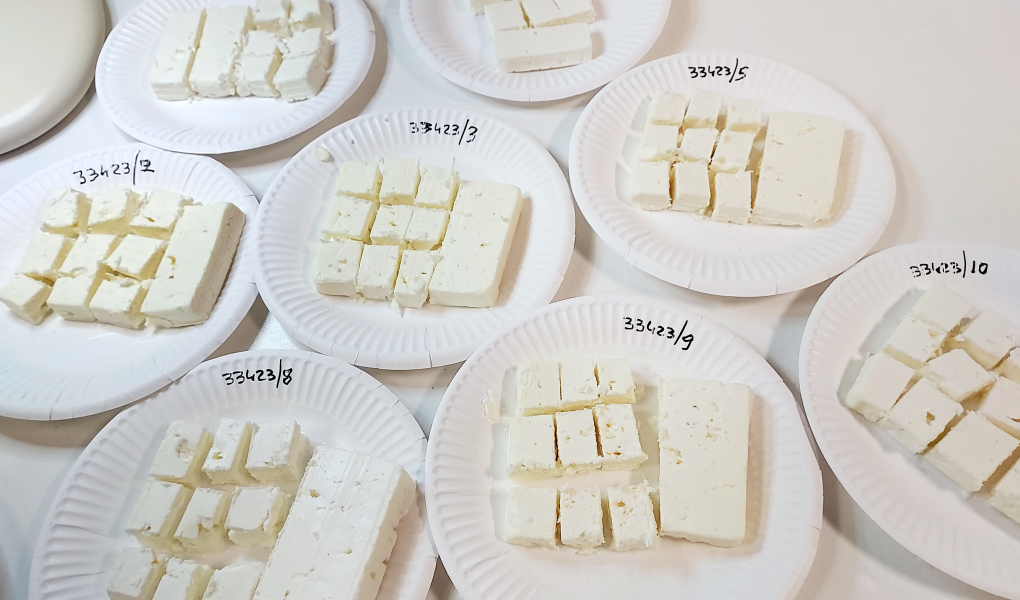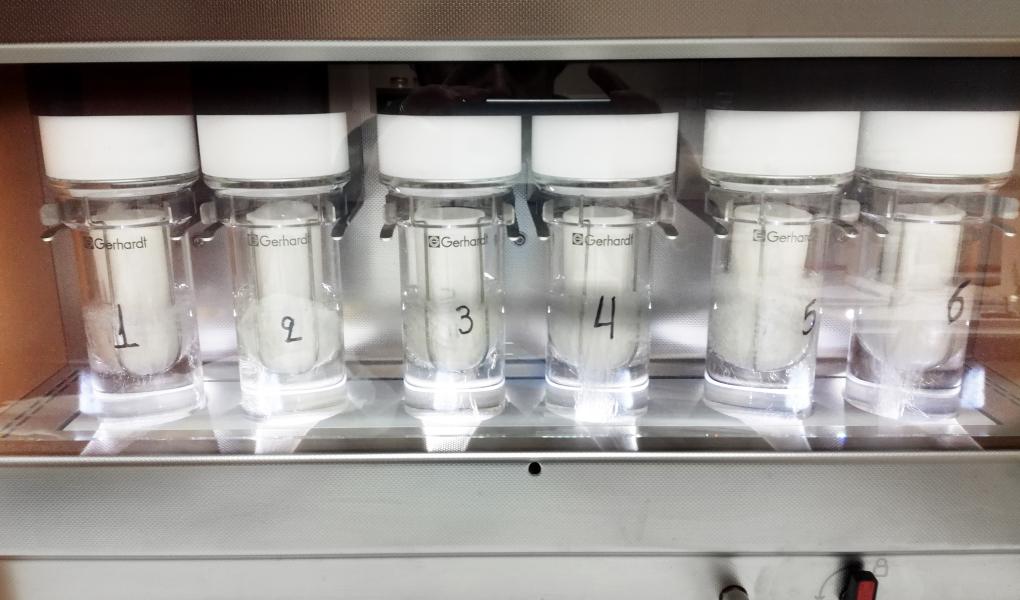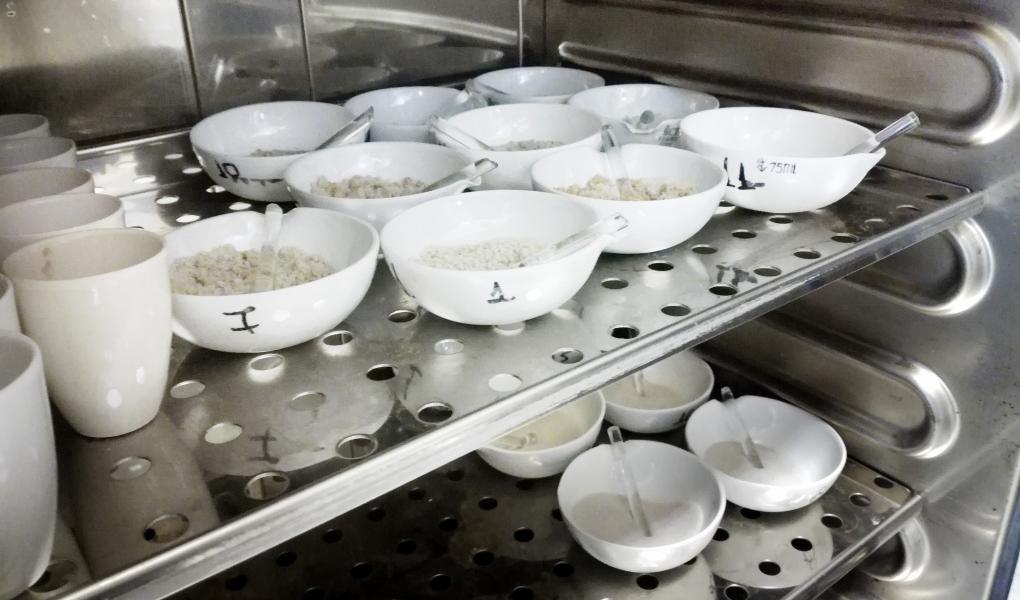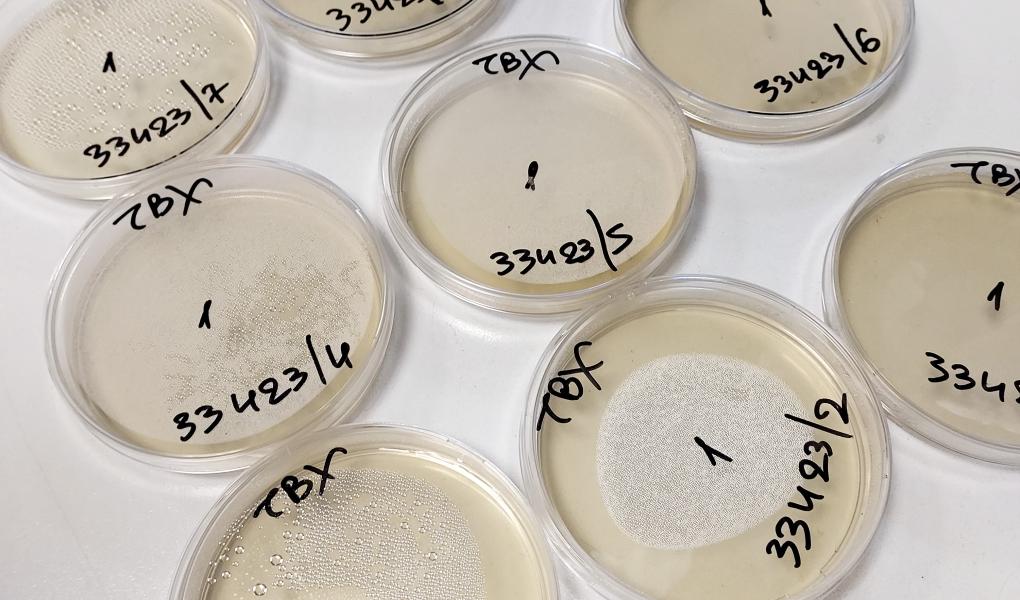Fittingly, the tests are carried out by a Greek laboratory, the independent Foodlab in Thessaloniki.
The test consists of three parts. The first is a sensory analysis that assesses taste, aroma, appearance, and texture.
Feta cheese is a dry and crumbly, salty cheese that is traditionally made from sheep's milk or a mixture of sheep's and goat's milk. Feta cheese has a distinct aroma that is salty and sour to slightly sour. The aroma can vary depending on the age of the cheese and the type of milk used to make it. It can also have a slightly gritty texture due to the salt crystals in the cheese. Feta cheese is usually white in color and may have small holes or pockets throughout the cheese.
In the sensory analysis, five specialists from the laboratory taste the different feta cheeses. The cheeses are rated on a scale from 1 to 5 based on the above criteria for taste, aroma, appearance and texture, where a rating of 5 means that the cheese is of good quality.
The second part is a DNA analysis. A traditional feta cheese is made from sheep's milk or a mixture of sheep's and goat's milk (however, a maximum of 30% goat's milk). The cheese must not contain cow's milk. To verify that none of the cheeses shows traces of cow's milk, the laboratory conducts a DNA test.
In the third part, the laboratory first analyzes the nutritional content and how well it corresponds to declared levels of protein, fat, water and salt. The feta cheeses are also analyzed for traces from a total of 34 different types of antibiotics.
Testing also includes screening for bacteria. Dairy products can contain bacteria that are harmful to our health. The most common is the presence of the intestinal bacteria E.coli (Escherichia coli) and Listeria.




